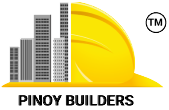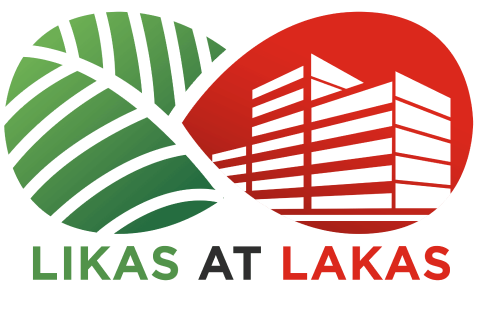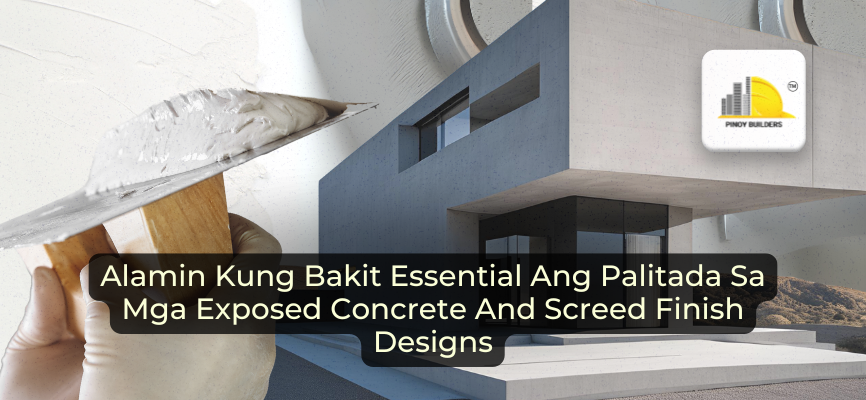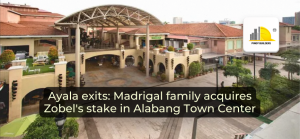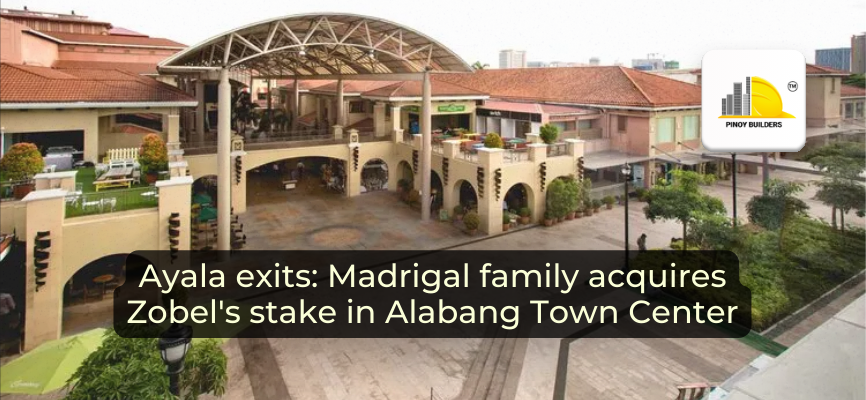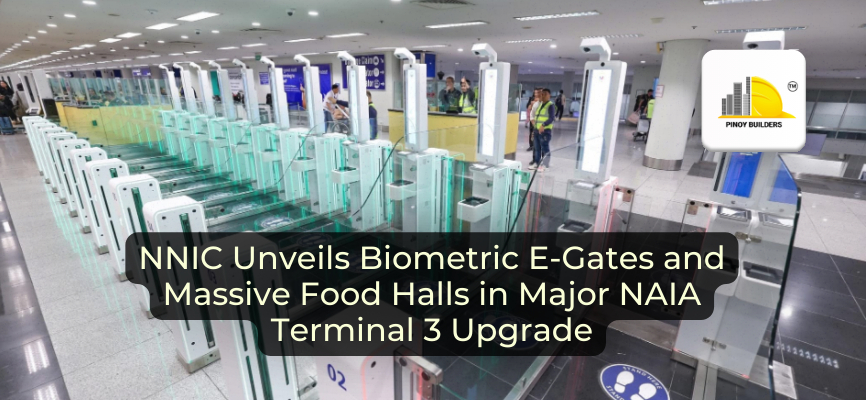Exposed concrete and screed finishes are becoming popular choices for modern homes, offering a raw, industrial look that many desire. However, achieving the perfect finish can be tricky—this is where ‘palitada’ (plaster) comes into play.
While these finishes are sleek and edgy, they require precise attention to detail during installation. Without the right techniques, surfaces can appear uneven or rough. That’s why palitada is essential for achieving a smooth, polished look that enhances the overall aesthetic of your space.
In this article, we will explore why understanding the role of palitada is crucial when working with exposed concrete and screed finishes.
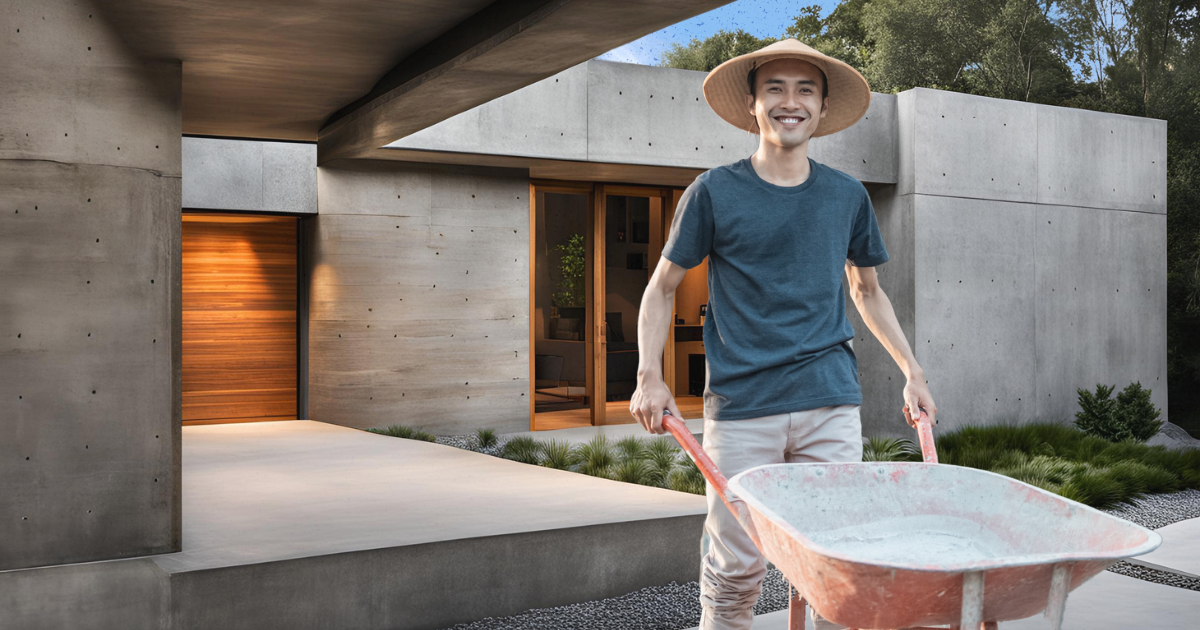
Common Renovation Challenges for Exposed Concrete and Screed Finishes
Exposed concrete and screed finishes offer a bold, unique aesthetic, but achieving them without issues can be challenging. One common problem is ensuring a smooth, even surface. Without proper treatment, these materials can appear rough or uneven, detracting from the overall look.
Exposed concrete, in particular, is highly susceptible to moisture, especially in outdoor or high-humidity areas. Over time, weather exposure can weaken the surface and cause discoloration.
Similarly, while screed finishes are durable, they require proper maintenance. Dirt buildup and damage from foot traffic are common issues that must be addressed to keep these surfaces in top condition.
That’s why selecting the right finishes and treatments is crucial for both durability and appearance. Palitada (plastering) is one of the best ways to ensure a polished, well-finished look while enhancing protection.
Where Palitada is Essential in Exposed Concrete and Screed Designs
When renovating with exposed concrete and screed finishes, it’s important to get the details right. Palitada, or plastering, is essential in making these raw materials look polished and ensuring durability.
Here’s how palitada plays a key role in achieving the perfect finish.
Interior Walls
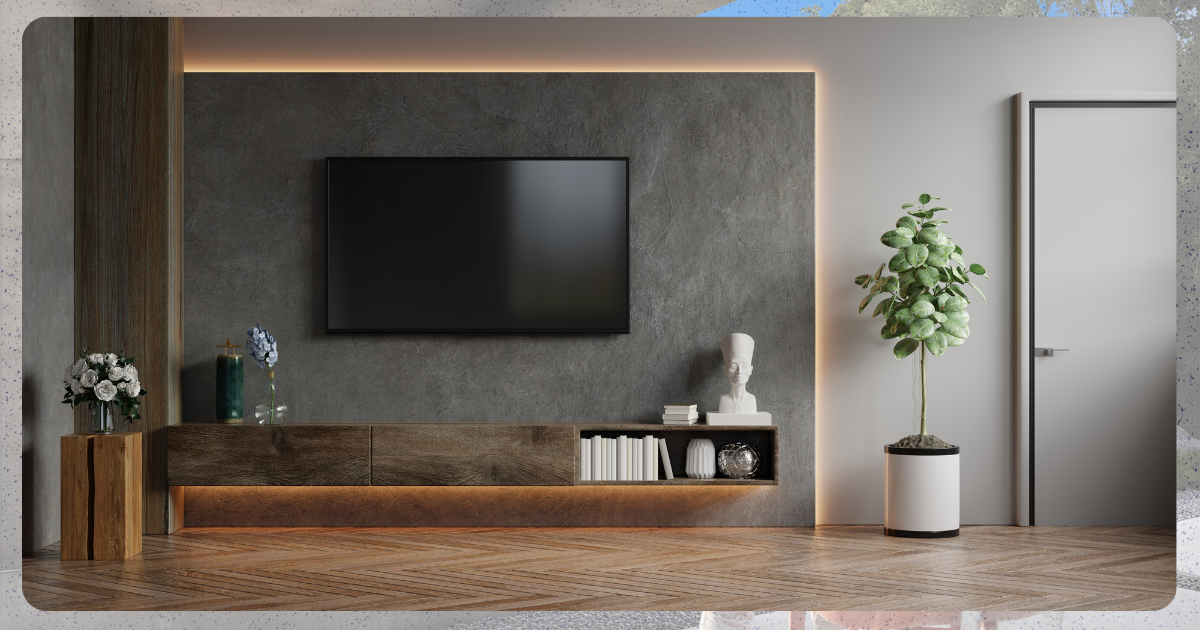
In industrial-style designs, exposed concrete walls are often left unfinished to preserve their raw, minimalist aesthetic. Palitada (plastering) smooths and evens out these surfaces, giving them a sleek, modern look. It also seals the concrete, preventing moisture absorption and making the surface easier to clean.
Exterior Facades
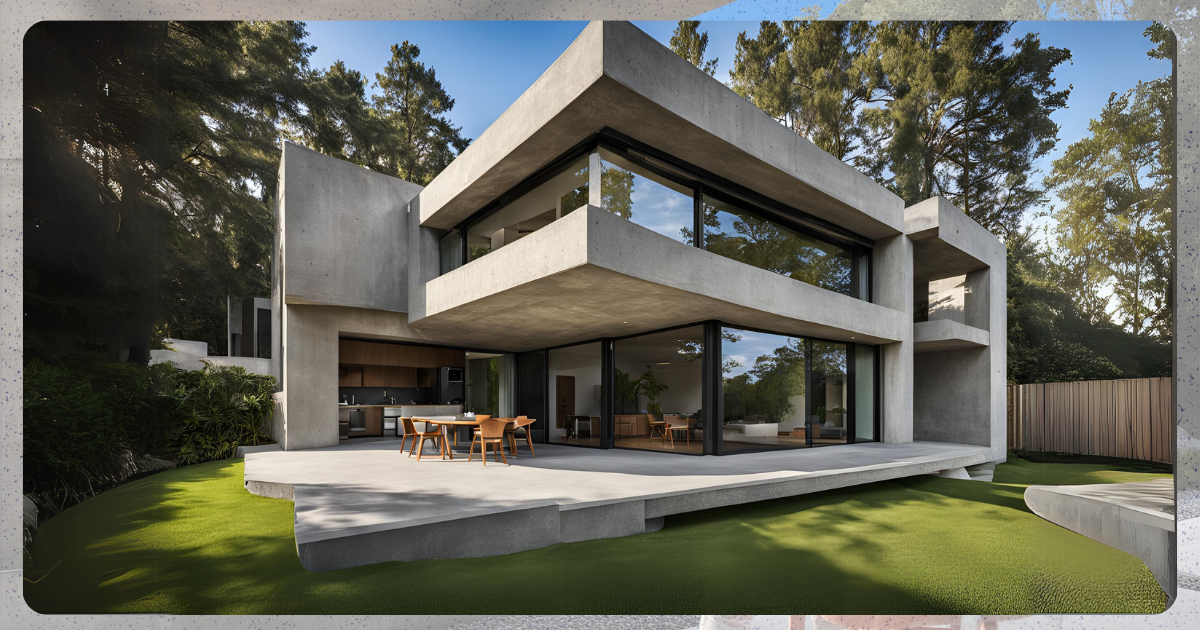
When you’re working with exposed concrete or screed on exterior walls, palitada is a game-changer. It boosts the finish’s appearance while providing a protective layer against the elements. Whether it’s rain, sunlight, or temperature fluctuations, plastering helps make your concrete or screed facades more weather-resistant. This ensures they stay visually appealing and structurally sound for years.
Industrial-Style Finishes
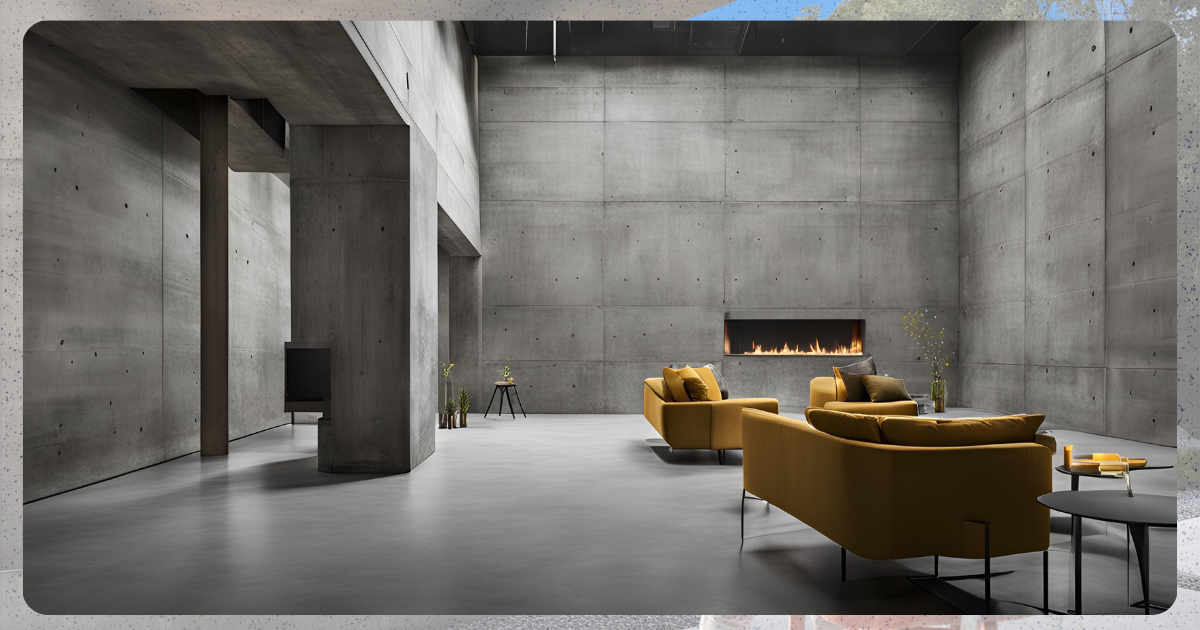
Exposed concrete usually has a rough, unfinished look, which is ideal for that industrial vibe. However, it can also come off as sharp and unpolished. Adding a layer of palitada can help soften this look, giving it a more refined touch that ties the whole design together. The plaster smooths out any imperfections, enhancing the exposed concrete’s appeal while preserving its industrial charm.
Types of Screed and Their Purpose in Home Renovations
Screed is an essential part of many home renovation projects, providing a solid and smooth foundation for floors. Different types of screed serve various purposes, from leveling to enhancing aesthetics.
Here’s a quick look at the main types and how they can benefit your space.
- Cement Screed: Commonly used for creating level and durable floors, cement screed provides a smooth base for finishes like tiles or hardwood.
- Self-Levelling Screed: Ideal for flawless floors, self-leveling screed fills low spots and creates an even surface, perfect for precision in both residential and commercial spaces.
- Decorative Screed: Decorative screed adds unique textures and finishes to floors, offering a creative way to enhance spaces like living rooms, kitchens, or outdoor areas.
Benefits of Using Screed
Screed not only levels surfaces but also provides additional advantages, making it ideal for high-traffic areas. Here are more of their benefits for your home:
- Aesthetic and Functional Purposes: Screed levels surfaces and enhances the appearance of floors.
- Insulation: Helps with temperature regulation by providing additional insulation.
- Protection: Guards against wear and tear, making it ideal for high-traffic areas.
Why Palitada is Key to Successful Renovations
When it comes to exposed concrete and screed finishes, palitada is essential for transforming raw materials into a beautiful, long-lasting finish. Whether you’re working on interior walls, exterior facades, or industrial-style designs, plastering ensures your renovation project reaches its full potential.
If you’re planning your next renovation, be sure to consider the role of palitada in your design process. For high-quality plastering that enhances both durability and aesthetics, seek professional advice and services.
References:
Patel, H. (n.d.). What is Screed in construction and it’s Types? Brick & Bolt. https://www.bricknbolt.com/blogs-and-articles/construction-guide/what-is-screed-in-construction
Wikipedia, ang malayang ensiklopedya. (n.d.). palitada. Wikipedia, ang malayang ensiklopedya. Retrieved February 14, 2025, from https://tl.wikipedia.org/wiki/palitada
